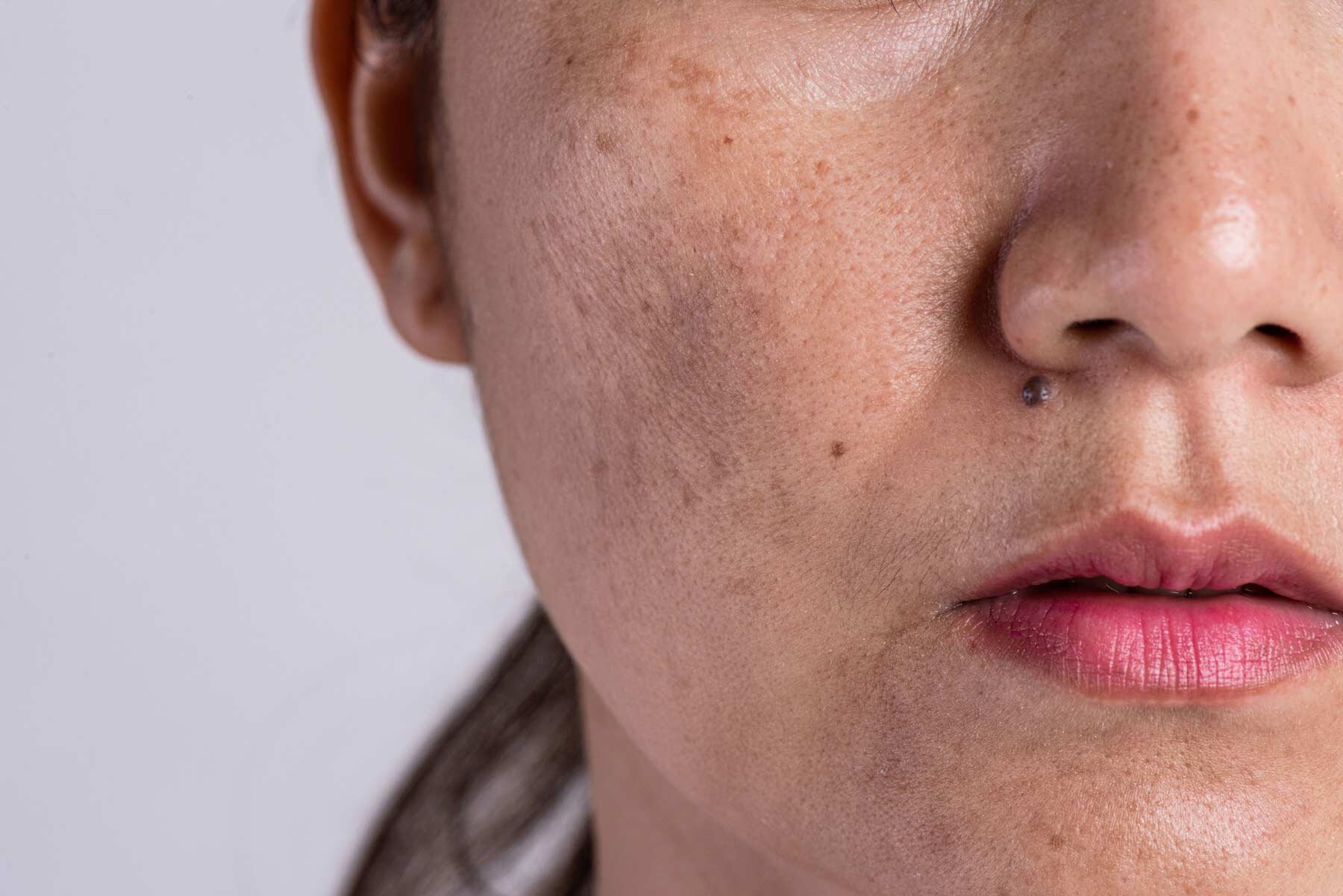
Melasma Treatment
Melasma is a common skin condition that is characterized by the appearance of dark, irregularly shaped patches on the skin. It is most commonly seen on the face, especially on the cheeks, nose, forehead, and upper lip, but it can also occur on other areas of the body that are exposed to the sun. Melasma is more common in women, particularly during pregnancy, and is often triggered by sun exposure, hormonal changes, and certain medications.
The treatment of melasma typically involves a combination of topical and/or oral medications, chemical peels, and laser or light therapies. The goal of treatment is to lighten the dark patches, improve the overall appearance of the skin, and prevent the recurrence of melasma. The specific treatment approach will depend on the severity of the melasma and the individual's skin type and medical history.
Topical medications are often the first line of treatment for melasma. These may include hydroquinone, a skin-lightening agent that reduces the production of melanin, the pigment that gives color to the skin. Other topical medications that may be used to treat melasma include tretinoin, a retinoid that helps to exfoliate the skin and stimulate collagen production, and corticosteroids, which reduce inflammation and can help to lighten the skin.
Chemical peels are another option for the treatment of melasma. These procedures involve the application of a chemical solution to the skin, which removes the outer layers of skin and promotes the growth of new, healthier skin. Chemical peels can be used to improve the texture and tone of the skin and reduce the appearance of dark spots and other signs of sun damage.
Laser and light therapies are another option for the treatment of melasma. These treatments use focused beams of light energy to destroy the pigment-producing cells in the skin, which can help to lighten the dark patches of melasma. There are several different types of laser and light therapies that can be used to treat melasma, including intense pulsed light (IPL), fractional laser resurfacing, and Q-switched lasers.
Oral medications may also be used to treat melasma, particularly in cases where the condition is severe or does not respond to other treatments. These medications may include tranexamic acid, which helps to inhibit the production of melanin, and hormonal therapies, such as birth control pills or hormone replacement therapy, which can help to regulate the levels of hormones in the body and reduce the risk of melasma.
It is important to discuss the treatment options for melasma with a qualified healthcare provider to determine the most appropriate approach for your specific needs and skin type. Melasma can be a challenging condition to treat, and it may take several months or longer to see significant improvement. It is also important to protect the skin from the sun, as sun exposure can worsen melasma and make it more difficult to treat.

